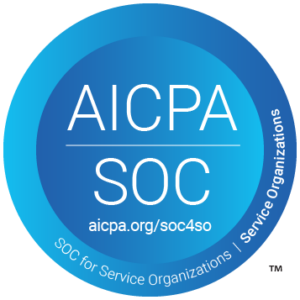Where we are
Amidst the U.S. Department of Education’s (ED) efforts to resolve FAFSA submission issues for students from mixed-status families, with a permanent fix anticipated in the first half of March 2024, there is a pressing need to address common challenges encountered by applicants.
Current data from the National College Attainment Network indicates a concerning 44.9% national decrease in FAFSA submissions for the high school class of 2024 compared to the previous year, with only 22.2% having submitted their applications as of February 9. The decline is even more pronounced among schools serving high percentages of low-income students and students of color, with decreases of 54.1% and 52.6%, respectively. These figures underscore the urgency of addressing technical glitches that disproportionately affect vulnerable student groups.
Current Pain Points
- Dependency Status Errors: A notable number of students have incorrectly answered the question about their dependency status, mistakenly indicating that they are independent when most should answer “No” if their parents are willing to provide information on the FAFSA®. This error restricts them to only being eligible for Direct Unsubsidized Student Loans
- Pell Grant Eligibility Confusion: The expansion of Pell Grant eligibility has led to some positive surprises but also confusion regarding higher-than-expected Student Aid Index (SAI) figures and perceived insufficient aid amounts. Contributing factors include formulas not accounting for inflation, reliance on 2022 tax information not reflective of current financial situations, and incorrect asset reporting
- Overwhelmed FAFSA Help Desk: The help desk is currently inundated with inquiries, leading to long wait times and frustration among students who often find there are no immediate solutions available as they strive to meet critical deadlines
- Account Creation & Verification Barriers: Contributors such as parents or spouses who lack a Social Security number face multiple obstacles when setting up their FSA ID—a critical step in the FAFSA process. These challenges include system blocks during pending SSA matches and other issues that impede account verification. Consequently, these contributors are unable to assist with completing the student’s FAFSA, leaving it in limbo
Technical Issues: The FAFSA form currently has approximately 15 known technical problems that can severely disrupt the application process. These range from persistent error messages falsely claiming unauthorized access to parents, to causing applicants to get stuck in frustrating loops, ultimately preventing some students from being able to submit their applications altogether
What Students and Families Are Saying
As the Department of Education works to address FAFSA issues, students and their families are sharing their personal struggles with the form. The sentiment among many is one of frustration as they face technical hurdles and unresponsive support channels.
One student recounts relentless efforts to link a parent’s spouse to their application, despite ensuring all details were accurate. “I’ve sent the link…multiple times, and it still hasn’t shown up!…I’ve been attempting this thing for about 2 months now…” This narrative echoes across forums where others express similar challenges, finding little solace in help resources or customer service lines that offer no immediate assistance.
Another student facing a looming March financial aid deadline feels the pressure intensifying. “My priority deadline for fin aid is March, and I still am having no luck getting my application through…” With a spouse lacking an SSN, they’ve exhausted all known workarounds without success. The prospect of withdrawing from school looms large—a distressing outcome they hope to avoid as they plead for any helpful tips.
Amidst these individual accounts emerges a collective call for accountability from those managing FAFSA processes—especially concerning mixed-status families grappling with an arduous system. One exasperated comment sums up the sentiment: “…Why have you made the process…such a nightmare? You are failing thousands…because you didn’t get it right when you rolled out the buggy application…”
What’s Being Done to Support Students
- Inflationary Adjustments and Aid Accessibility: The Department has updated SAI calculation tables to account for inflation, ensuring students benefit from increased federal student aid availability. Updates to the Federal Processing System (FPS) are underway, with ISIR transmissions set to begin in early March
- Enhanced Support for Contributors without Social Security Numbers: Improvements are being made to facilitate account creation on studentaid.gov for contributors lacking an SSN. Automated email responses and streamlined document submission processes aim to alleviate extended wait times. Additionally, increased staffing and bilingual support at call centers will improve service efficiency
- Verification Process Streamlining: A major reduction in verification requirements has been announced, leveraging direct IRS data exchange to minimize the need for additional checks by educational institutions. This move aims to simplify the financial aid process, reduce wait times, and maintain robust protections against fraud


